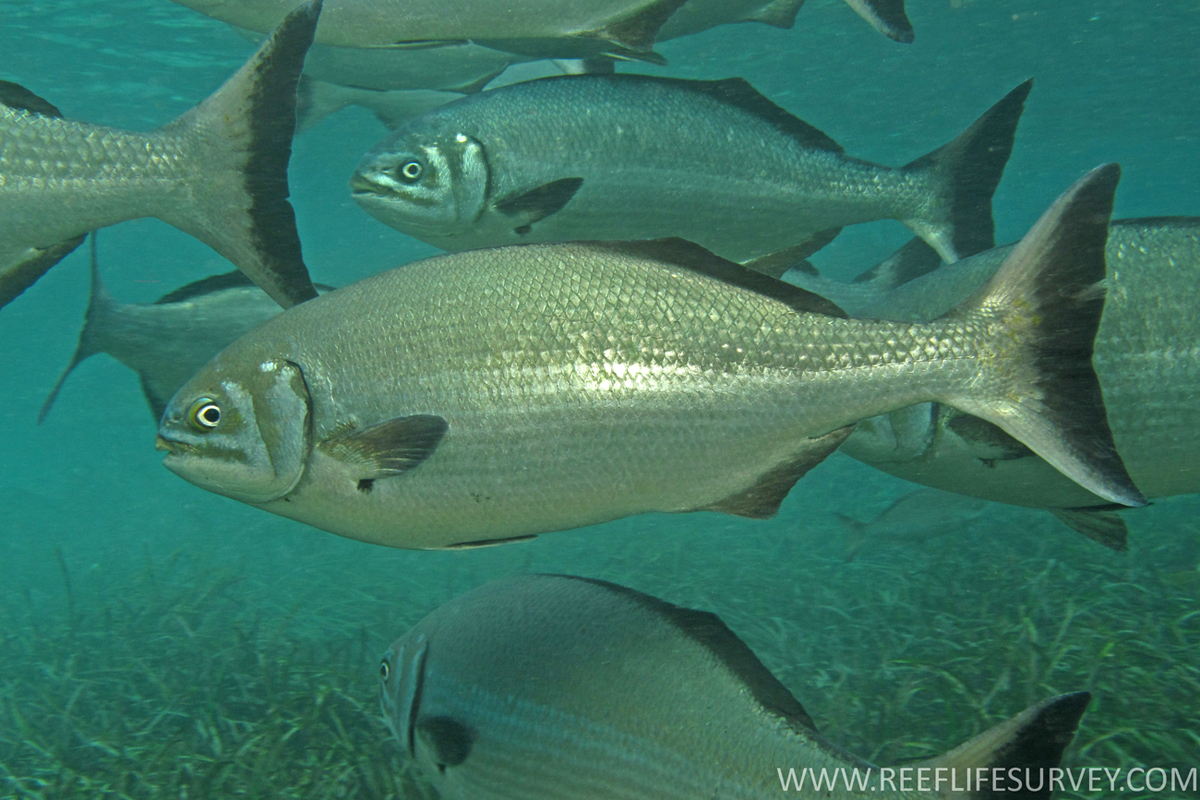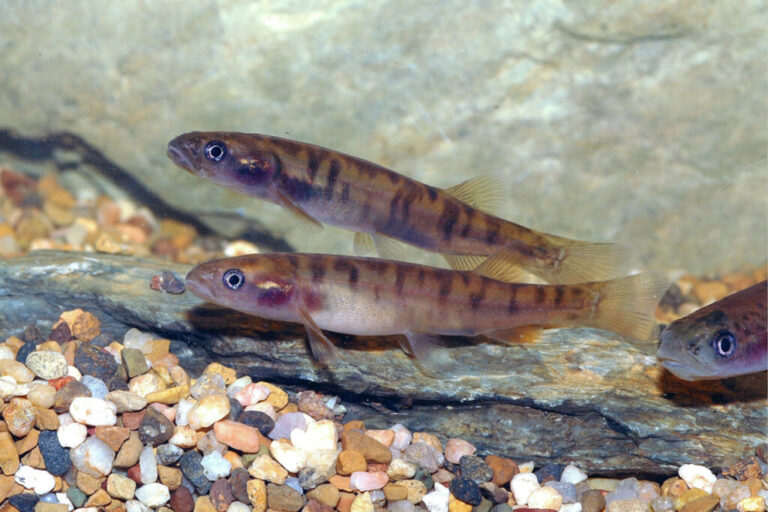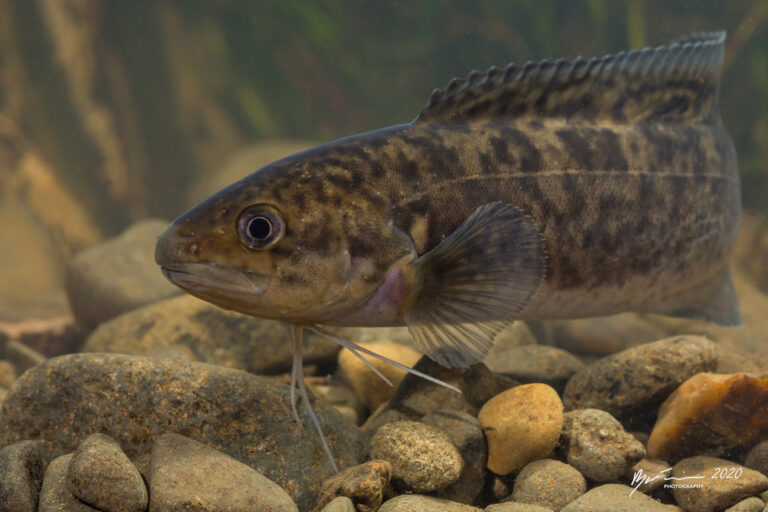According to both the Australian Museum and Wikipedia the Silver Drummer grows to about 80cm in length and a maximum weight of 1.1kg, however a Queensland spear-fisherman has officially recorded a 6.8 kg specimen. There are also several photographs on the internet of fish approaching 7kg and these are clearly silver drummer and cannot be confused with the much larger black drummer.
The silver drummer occurs in large schools in comparatively shallow water in the vicinity of coastal rocky reefs and in harbours and bays in temperate marine waters from southern Queensland, around the south of the country to the southern coast of Western Australia. It also occurs in New Zealand. It is a herbivore and has a similar diet to Blackfish feeding on weeds and algae.

The silver drummer is a plump fish which has an oval shape when viewed from the side. The ground colour can be olive, silvery-grey or bronze usually darker above and paler below. There is a broad dark margin on the caudal fin and a reddish-brown bar that runs from the upper jaw over the operculum (the bony flap that protects the gills from harm). There is also a pale bar beneath its eye and a small black spot on the ventral margin of the base of the pectoral fin. It has a small mouth for a large fish.
The silver drummer is occasionally recorded as solitary individuals but normally congregates in large schools, which may be mixed with other species dependent on location.
The silver drummer is regarded as fish that puts up a good fight when caught by the angler and is therefore popular. Most people consider its flesh to be inedible and it should be regarded as a strictly catch and release species.
Drummer are a very powerful fish and run with dramatic speed when hooked. They also frequent areas where they can take cover so be prepared to lose a few flies. The power of these fish, combined with the tight spots they inhabit, means an 8 wt rod is recommended. Weed flies are the go-to choice but bread flies are also successful when used in conjunction with bread berley. Some successful fly fishermen also suggest trying brown weed flies.




